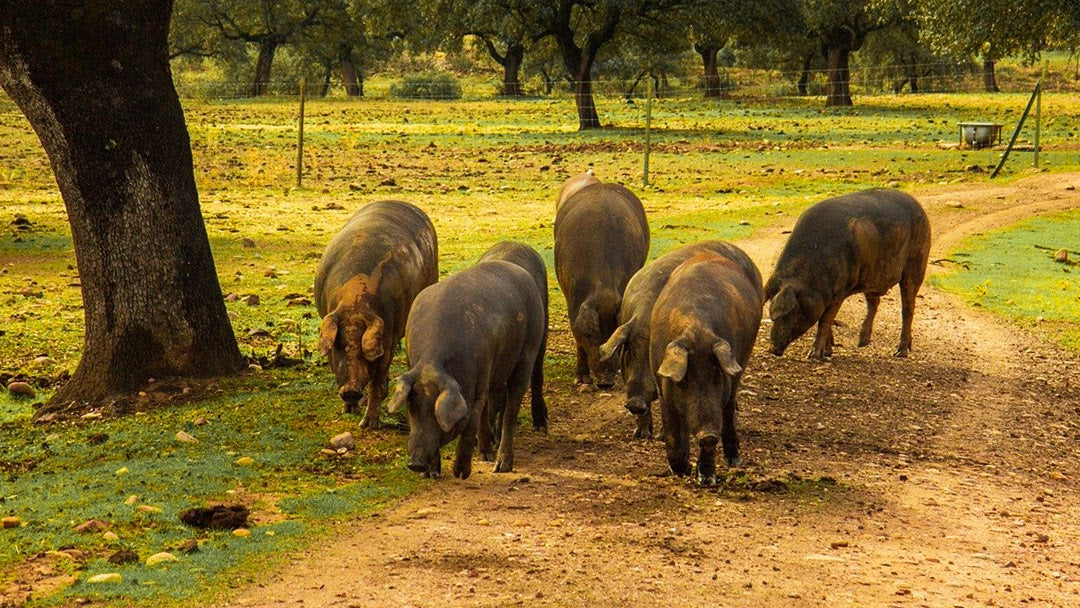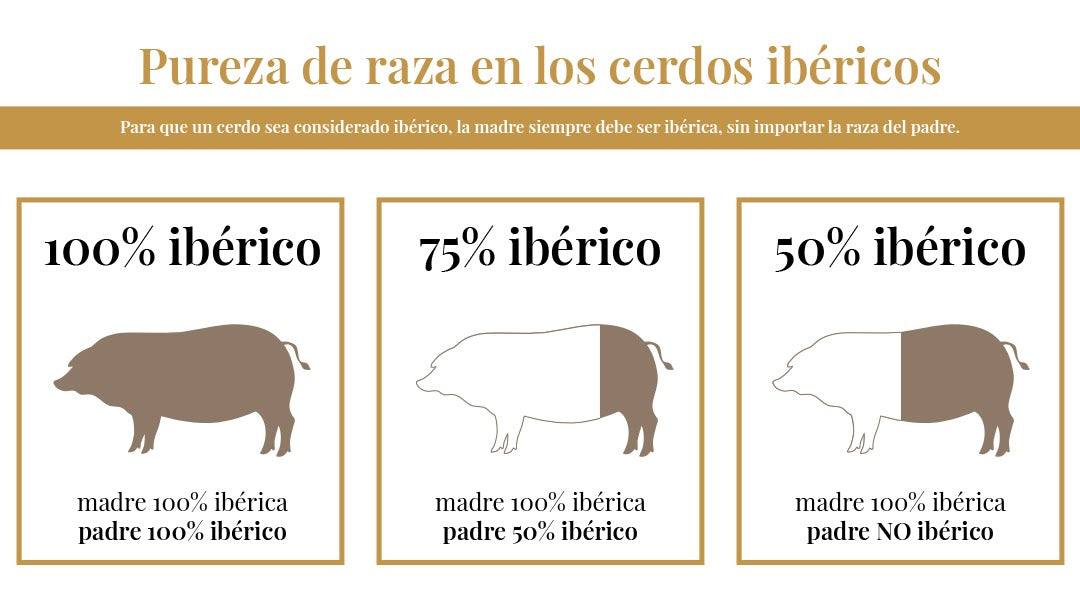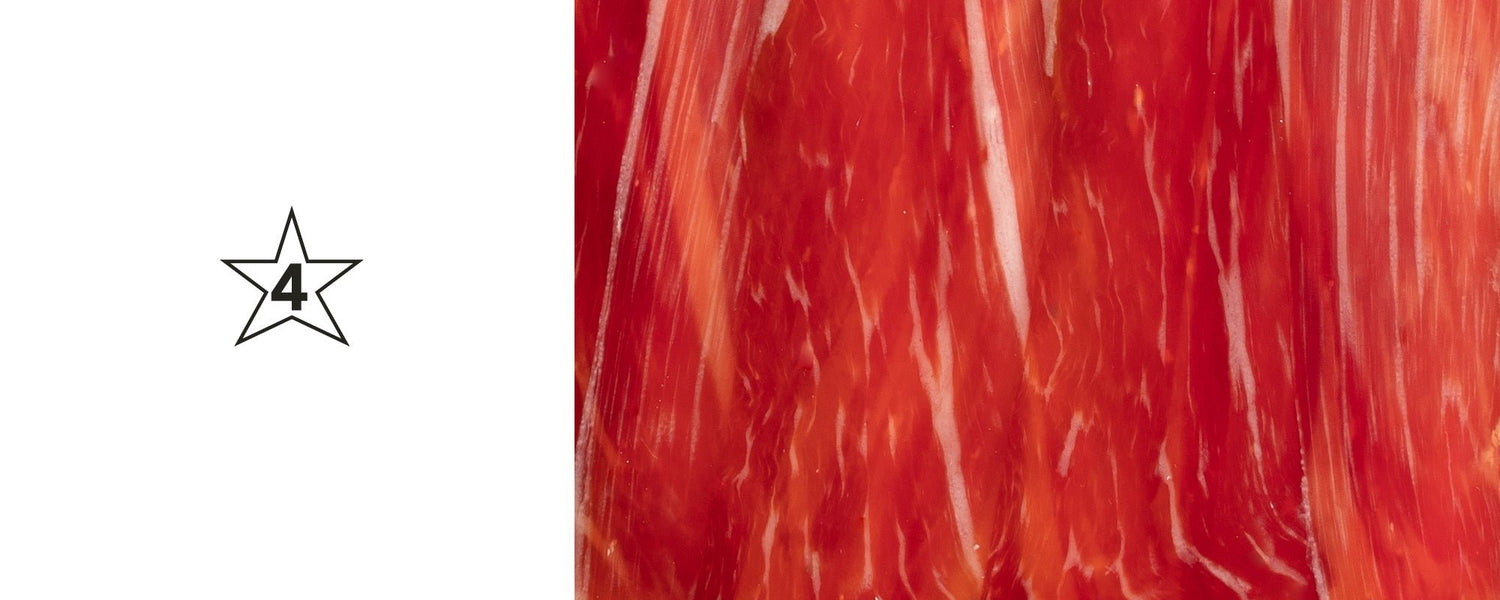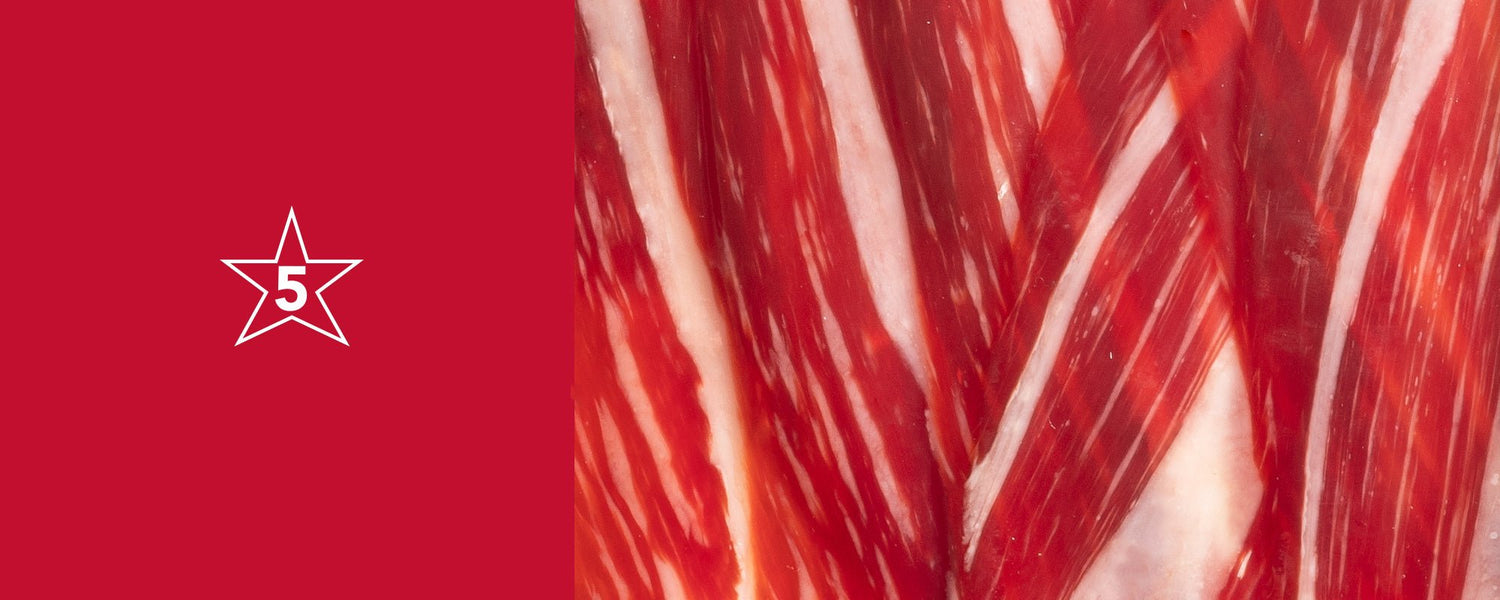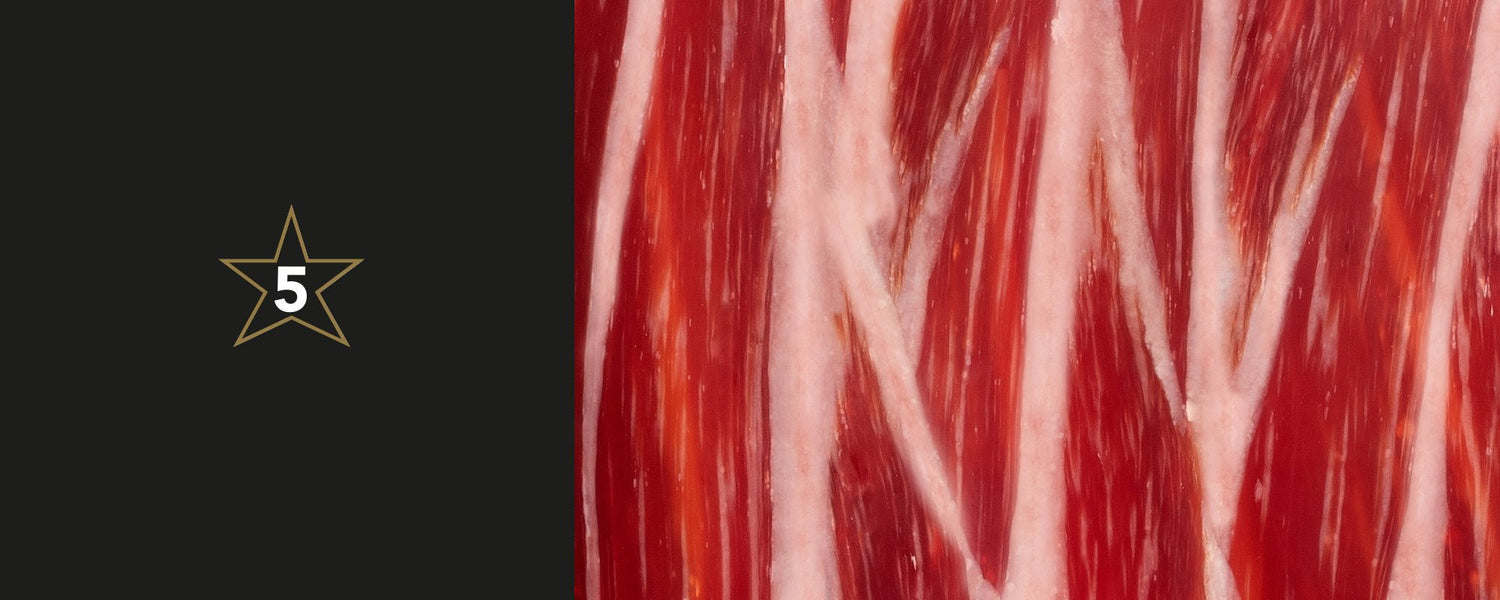The Iberian pig is a unique species with genetic characteristics that differentiate it from other animals of the same species. They are predominant in the Iberian Peninsula, shared between Spain and Portugal, and are highly appreciated animals in the gastronomic sector since thanks to them the famous Iberian ham and different types of Iberian sausages are produced.
One of the peculiarities that make it so special is the ability to infiltrate fat into the muscle , this is the main reason why Iberian ham has such an exquisite flavor, giving the sensation of melting in the mouth.
The physical traits of the Iberian pig
The Iberian pig is a porcine breed animal, the name is also applied to the varieties belonging to what is known as the “Iberian trunk” which includes black and red, hairless or hairy breeds.
Physically speaking, these animals have a well-proportioned head and a pointed snout. Unlike other types of pigs, the Iberian pig has a powerful neck, a drooping dewlap, medium-sized visor-shaped ears and a large belly. Its extremities, the ones that interest us most when talking about ham, are fine and proportionate.
The Iberian Peninsula as the unique place of origin of the Iberian pig
Iberian pigs, as their name indicates, belong to a breed native to the Iberian Peninsula located between Spain and Portugal , where there are two groups of breeds that we talk about below:
- Celtic Pig (practically extinct)
- Iberian Pig
- Black-capped Iberian, which includes the Lampiño and Entrepelado varieties.
- Red-layered Iberian, which includes the Retinta or Colorada, Rubia de Cádiz, Manchada de Jabugo and Torbiscal varieties.
The most used variety in the world of ham is the Retinta or Colorada which, in addition to being very prolific, allows a greater yield of the pieces of ham.
What differentiates the Iberian pig from the rest
The most relevant thing you should know is that the Iberian pig is a native breed animal and that its physiological capacity to store fat between the muscles makes it have a high gastronomic value . Iberian pigs are the only pigs in the world from which Iberian ham can be obtained, a product with a very particular aroma, flavor and texture, healthy and nutritious.
According to the legislation that regulates the production of Iberian ham , the name “Iberian pig” includes all those pigs whose mother is 100% Iberian and is registered in the herd book of the Iberian Pig Breed. The offspring of this pig, and therefore the products produced from them, can have different percentages of purity: 50%, 75% or 100%. See the following infographic.
In the production of Iberian ham, not only the breed is important (which is fundamental), but also the breeding process of the animal, which involves the place where it lives and its diet.
The places where Iberian pigs live in freedom are called “dehesas” and correspond to a few hectares of land where favorable conditions exist for the pig to live in freedom during the autumn and winter months. The pastures are located in Extremadura, Salamanca and Andalusia, where the acorn is found, the fruit on which the Iberian pigs feed and gives rise to the famous “Iberian acorn-fed ham”.
The Iberian pig (whether 100% or 50% Iberian breed) does “the montanera” , that is, it lives freely in the pasture during the autumn and winter feeding on acorns. These are the ones that have an exquisite oil that the pork infiltrates into the muscle, converting it into very precious fat.
Jamones that come from Iberian pigs
The products that we can obtain from Iberian pigs must always indicate the percentage of purity of the pig's breed and when it comes to hams and shoulders, these must be identified with colored ties according to their diet. Here we leave you a summary of the different hams that you can find according to the % of Iberian breed and the diet received.
- 100% Iberian acorn-fed ham:
Popularly known as “the black leg”. This ham comes from pigs of 100% Iberian father and mother. In addition, it does the montanera, that is, it lives freely in the pasture during the fall and winter feeding on acorns. Once the animal is slaughtered, the leg of ham is preserved in salt for between thirty-six and forty-eight months, depending on the weight of each piece. -
50% Iberian acorn-fed ham:
The only thing that differentiates it from 100% Iberian ham is the breed. In this case, the pig can be 50% Iberian, which means that the mother is 100% Iberian, but has been crossed with a pig of another species such as the Duroc. - 50% Iberian field bait ham:
In this case, the diet and lifestyle of the Iberian pig does vary. His breed is 50% or 75% Iberian, even so, he does not make the montanera but rather combines farm and freedom. Thus it feeds on feed and cereals, but also on wild fruits, herbs, etc. when they go out to pasture. This combined diet makes their ham of higher quality than a 100% farm-fed Iberian. -
50% Iberian bait ham:
This case is a ham that comes from an Iberian breed pig but that has been completely raised on a farm and fed exclusively with feed in adulthood.
In short, the Iberian pig is an animal exclusive to the Iberian Peninsula that provides us with a star product such as Iberian ham. This product has become a global attraction in the world of gastronomy and a symbol of our country.
FAQ's
WHAT IS THE DIFFERENCE BETWEEN A WHITE PIG AND AN IBERIAN PIG?
The Iberian pig corresponds to a species with genetic characteristics that differentiate it from other animals of the same species. They are predominant in the Iberian Peninsula, shared between Spain and Portugal, and are highly appreciated animals in the gastronomic sector since thanks to them the famous Iberian ham is produced. These pigs have the ability to infiltrate fat into the muscle and that makes them truly unique. White pig, on the other hand, can be found all over the world and gives rise to another type of ham such as the one popularly known as serrano ham.
WHY IS THE IBERIAN PIG ONLY FOUND IN THE IBERIAN PENINSULA?
Because there are places where the ideal weather conditions exist for this type of pig to live and develop all its abilities.
WHAT TYPE OF JAMONES COME FROM IBERIAN PIG?
100% acorn-fed Iberian ham, 50% acorn-fed Iberian ham, 50% Iberian field ham and 50% Iberian cebo ham.
WHAT TYPE OF JAMONES COME FROM WHITE PIG?
The Jamón that comes from white pigs is popularly known as Jamón serrano in Spain.


